About
Current smart instrumentation using multi-sensors and/or spectrometers provides a wealth of data that requires sophisticated signal and data processing approaches to extract the hidden information.
Our group develops algorithmic solutions for the automatic processing of Gas Sensor Array, Gas Chromatography – Ion Mobility Spectrometry (IMS), Nuclear Magnetic Resonance, and Mass Spectrometry (GC/LC-MS, MSI) data for metabolomics, food, and environmental samples.
In this context, we are interested in intelligent chemical instruments for the detection of gases, volatile compounds, and smells. These systems can be based on an array of nonspecific chemical sensors with a pattern recognition engine, taking inspiration from the olfactory system. Some spectrometries, e.g. Ion Mobility Spectrometry, are capable of very fast analysis with good detection limits but poor selectivity. These technologies have been proposed for the fast determination of the volatolome (volatile fraction of the metabolome), instead of the reference technique of gas chromatography – mass spectrometry.
During 2023 our research has been focused on:
- Development of computational metabolomics workflows based on advanced statistics and machine learning. We have applied these methods to the discovery of metabolic biomarkers to identify patients at risk after colorectal cancer surgery.
- Computational metabolic biomarker discovery for ventilation therapy needs in COVID patients in intensive care units.
- Optimization of a full workflow for the analysis of Gas Chromatography-Ion Mobility Spectrometry (GC-IMS) data, and its implementation in an open source R-package made available for the community.
- Development of a Forced Oscillation Technique apparatus and controlling software for the measurement of the respiratory impedance. The device is controlled by a mobile app, and it has full IoT capabilites (based on Microsoft Azure) for clinician remote access to measurement data. Hardware and Software are open source.
- Development of drones with machine olfaction capabilities for gas source localization and mapping. Our results have shown that nanodrones with proper signal processing can locate sources in indoor scenarios, particularly for chemical sources located above the drone.
- Development of drones with machine olfaction capabilities for outdoor operation aiming to estimate odour concentration as for EN13725 in flight conditions over wastewater treatment plants.
- Development of methods of urine analysis based on GC-IMS.
- Analysis of urine GC-IMS data to develop predictive models of Colorectal Cancer.
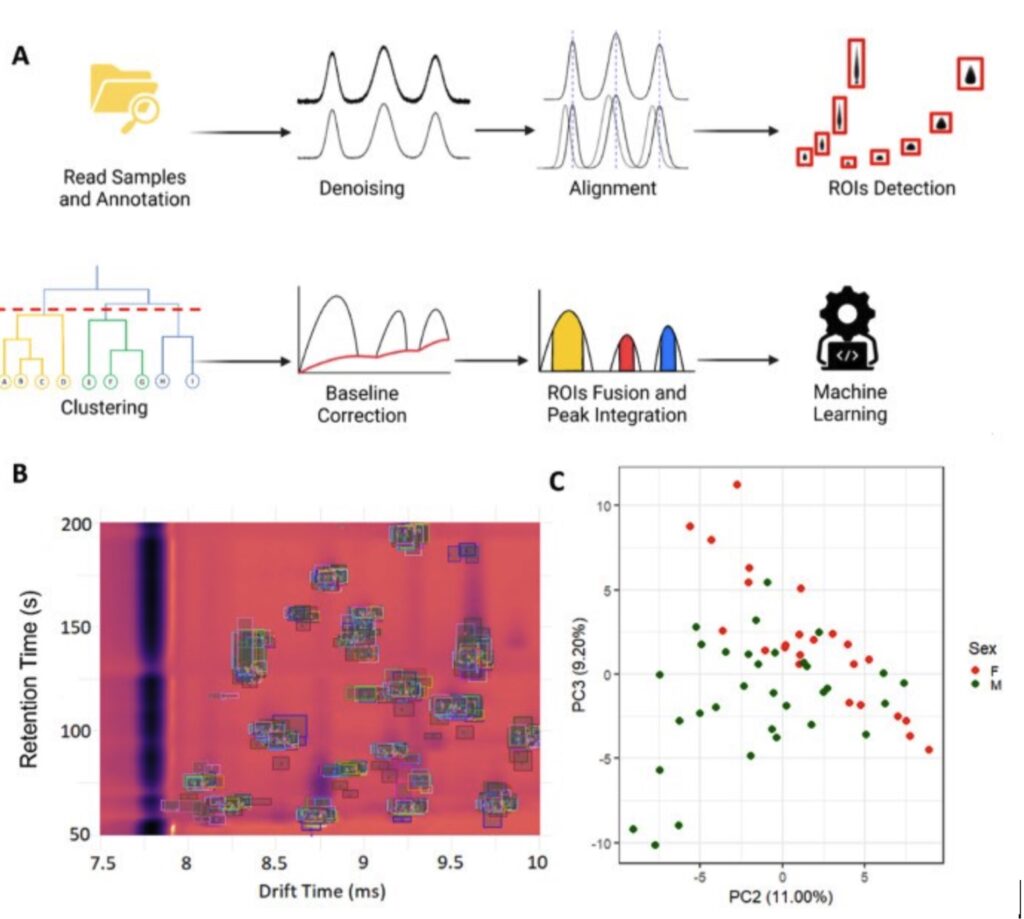
Staff
Projects
| NATIONAL PROJECTS | FINANCER | PI |
|---|---|---|
| TENSOMICS · Development of tensorial signal processing and machine learning tools tailored to the analysis of urine metabolomics (2019-2022) | Ministerio de Ciencia, Innovación y Universidades | Santiago Marco |
| PRIVATELY FUNDED PROJECTS | FINANCER | PI |
|---|---|---|
| Anticipation of respiratory outcomes in ICU COVID-19 patients by metabolic signatures (2021-2023) | Fundació La Marató de TV3 | Santiago Marco |
| FINISHED PROJECTS | FINANCER | PI |
|---|---|---|
| SNIFFDRONE · Drone-based Environmental Odor Monitoring (2019-2020) | EU Commission · Attract Projects | Santiago Marco |
| Analisis de tapones de corcho por espectroscopia de movilidad de iones (2015-2016) | M3C INDUSTRIAL AUTOMATION & VISION, S.L. | Santiago Marco |
| Sensor test for indoor air quality and safety applications (2015-2016) | BSH Electrodomesticos España S.A. | Santiago Marco |
| Preparació i realització d’un curs de processat de senyal per sensors químics de dos dies a BSH Zaragoza (2016-2017) | BSH Electrodomesticos España S.A. | Santiago Marco |
| SMART-IMS Procesado de Señal para Espectroscopia de Movilidad de Iones: Análisis de Fluidos Biomédicos y Detección de Sustancias Tóxicas (2012-2015) | MINECO, I+D-Investigación fundamental no orientada | Santiago Marco |
| Transducción biomimética para olfacción artificial | MINECO, EUROPA EXCELENCIA | Agustín Gutiérrez |
| BIOENCODE Estudio comparativo de la capacidad de codificación de información química de sistemas biológicos y artificiales | MINECO, I+D-Investigación fundamental no orientada | Agustín Gutiérrez |
| SENSIBLE Sensores inteligentes para edificios más seguros (2014-2016) | MINECO, Acciones de Programación Conjunta Internacional | Santiago Marco |
| SAFESENS Sensor Technologies for Enhanced Safety and Security of Buildings and its Occupants (2014-2017) | ENIAC Joint Undertaking | Santiago Marco |
| SIGVOL Mejora de la señal para instrumentación química: aplicaciones en metabolómica de volátiles y en olfacción (2015-2017) | MINECO, Retos investigación: Proyectos I+D | Santiago Marco |
| Computational Metabolomics (2017-2019) | Industrial Project with Nestlé Institute of Health Sciences, Switzerland | Santiago Marco |
| Development of Data Processing Algorithms for Temperature Modulated Sensors | Industrial Project with BSH Electrodomesticos, Spain | Santiago Marco |
Publications
Equipment
- Gas chromatograph/mass spectrometer (Thermoscientific) with robotic head-space sampler
- Gas Chromatograph/ Thermal Conductivity Detector (Thermoscientific) with robotic head-space sampler
- 2 Infusion pumps K-systems
- Gas Chromatography-Ion Mobility Spectrometry FlavourspecTM (Gas Dortmund)
- 6 channel vapor generator plus humidity control (Owlstone, UK)
- Ion Mobility Spectrometer: Gas Detector Array (Airsense Analytics GmbH)
- Computing and General Purpose Electronic Instrumentation
- Field Asymmetric Ion Mobility Spectrometer (Owlstone, UK)
- Corona Discharge Ion Mobility Spectrometer (3QBD, Israel)
- Ultraviolet Ion Mobility Spectrometer (Gas Dortmund, Germany)
- Fast Photo Ionization Detector (Aurora Scientific, Canada)
Collaborations
- Prof. James Covington, Dept. of Electric and Electronic Engineering, University of Warwick, UK
- Dr. Oscar Pozo, Applied Metabolomics, IMIM, Barcelona, ES.
- Dr. Joan R. Masclans, Critical Care Unit, Hospital del Mar, Barcelona, ES.
- Prof. R. Farre, Biofísica Respiratoria i bioenginyeria, IDIBAPS, Barcelona, ES.
- Prof. L. Capelli, Chemical Engineering, Politecnico di Milano, Milano, IT.
- Prof. R. Dellaca, Biomedical Enginering, Politecnico di Milano, Milano, IT.
- Prof. Alessia Amelio, Computer Science & Engineering, Universita degli Studi G. d’Annuncio, Chieti, IT.
- Dr. Radislav Potyrailo, General Electric Research, Schenectady, NY, USA
News

IBEC secures funding for three research projects from La Marató de 3Cat
Two research groups from the Institute for Bioengineering of Catalonia (IBEC) have been selected to participate in three projects under La Marató de 3Cat’s 2024 call for proposals, which focuses on respiratory diseases. This funding will support research into diagnosis and clinical prediction, with the aim of improving respiratory health.
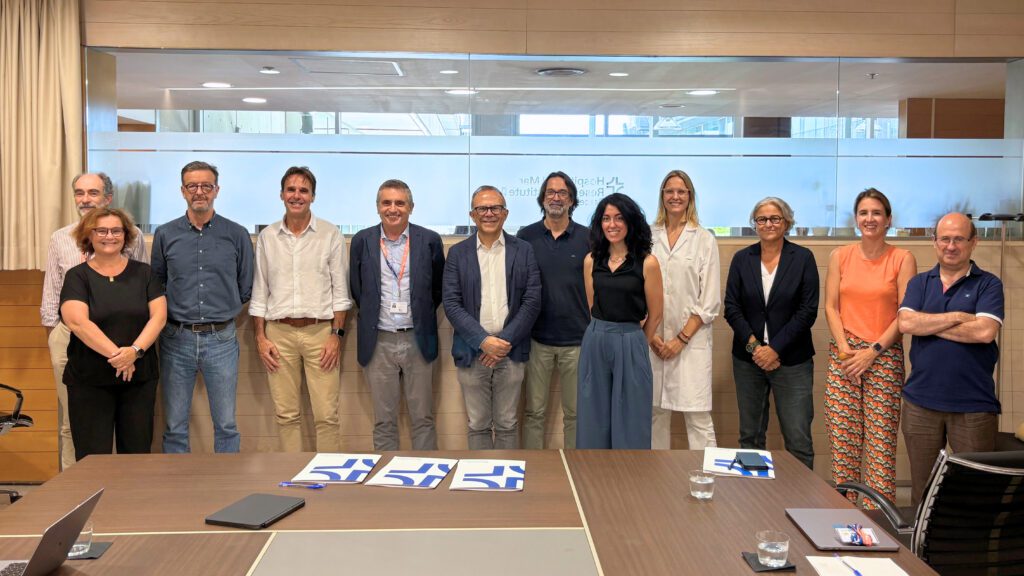
IBEC and the Hospital del Mar formalise a new collaboration
The first collaboration day between the Institute for Bioengineering of Catalonia (IBEC) and the Hospital del Mar Research Institute was held today at the Barcelona Biomedical Research Park (PRBB). The meeting provided an opportunity to share research projects, identify areas for collaboration and formalise a strategic alliance through the signing of a collaboration agreement between IBEC, the Hospital del Mar and the Hospital del Mar Research Institute.
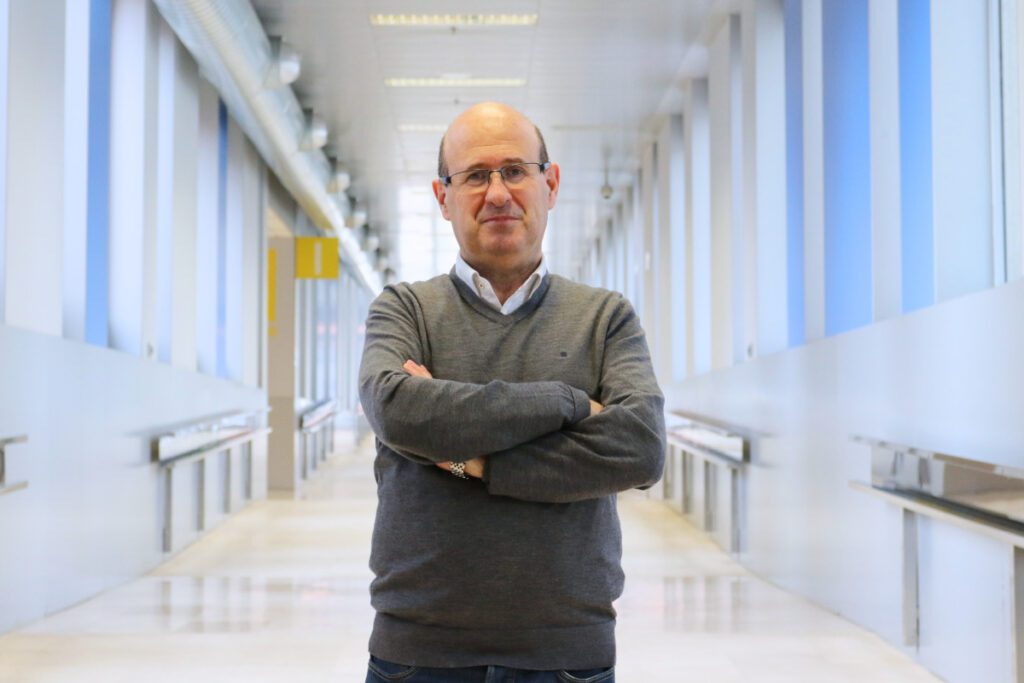
IBEC researcher Santiago Marco named IEEE Fellow
IBEC principal investigator Santiago Marco has been named IEEE Fellow, the highest honour awarded by the Institute of Electrical and Electronics Engineers (IEEE). The award highlights Marco’s contributions to signal processing and machine learning in chemical sensors.

Predoctoral position at the Signal and Information processing for Sensor Systems Research Group
Ref: Predoctoral / Deadline: 15th August 2022

SNIFFDRONE in the media
The SNIFFIRDRONE project, in which researchers from the Institute for Bioengineering of Catalonia (IBEC) participate, appears in the media with the main objective of developing a drone-based system that generates real-time pollution and odor maps, as well as instant reports and alarms.
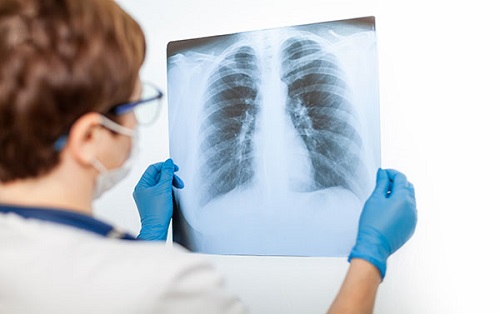
Detect lung infections in the breath
Researchers from the Institute for Bioengineering of Catalonia, led by Santi Marco, appear in the media to validate, together with the Hospital Clínic of Barcelona, a new technology that analyses the breath of patients and diagnoses with a high degree of precision who suffer from pulmonary infections by P. aeruginosa.
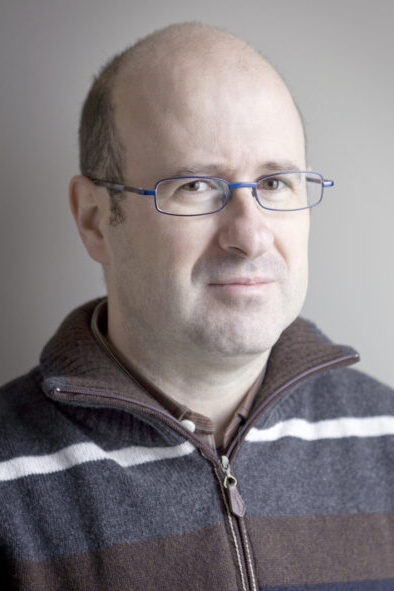
Santi Marco analyzes the smell of snow in the press
Santiago Marco, group leader at the Institute for Bioengineering of Catalonia (IBEC), appears in the newspaper “El Español” exploring the scientific reasons why snow can smell.

Detecting lung infections with breath analysis and machine learning
IBEC researchers, together with clinicians from Sant Pau Hospital and Hospital Clinic in Barcelona, use “electronic noses” and machine learning to analyse the breath of patients, identifying with high accuracy those with lung infections of P. aeruginosa, a multidrug resistant pathogen. This method could represent a non-invasive and efficient tool to diagnose and monitor patients with a bacterial lung infection, offering a faster alternative to standard sputum cultures.
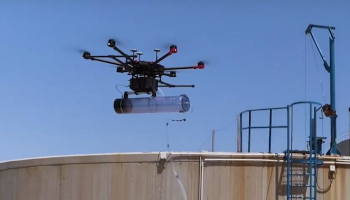
Portable electronic nose “e-nose” in the media
Researchers from the Institute for Bioengineering of Catalonia (IBEC) lead by Santiago Marco, appear in the media for the new method they have designed to sniff out the stench of sewage treatment plants.

Electronic nose on a drone sniffs out wastewater plant stink
Researchers from Spain have engineered a portable electronic nose (e-nose) that’s almost as sharp as a human nose at sniffing out wastewater treatment plants’ stink. Coupled with a drone, the lightweight e-nose can measure the concentration of different smells, predict odor intensity and produce a real-time odor map of the plant for management. The method developed was published November 16 in the journal iScience.
Jobs
Research Assistant at the Signal and Information Processing for Sensing Systems Research Group (RA-SM2)
Ref: RA-SM2. // Deadline: 31/10/2023
Research Assistant at the Signal and Information Processing for Sensing Systems Research Group (RA-SM)
Ref: RA-SM // Deadline: 30/06/2023
Research Assistant at the Signal and Information Processing for Sensing Systems Lab (LT-SM)
Ref: LT_SM // Deadline: 22/03/2023
Predoctoral position at the Signal and Information processing for Sensor Systems Research Group
Ref: Predoctoral / Deadline: 15th August 2022


 ibecbarcelona.eu
ibecbarcelona.eu